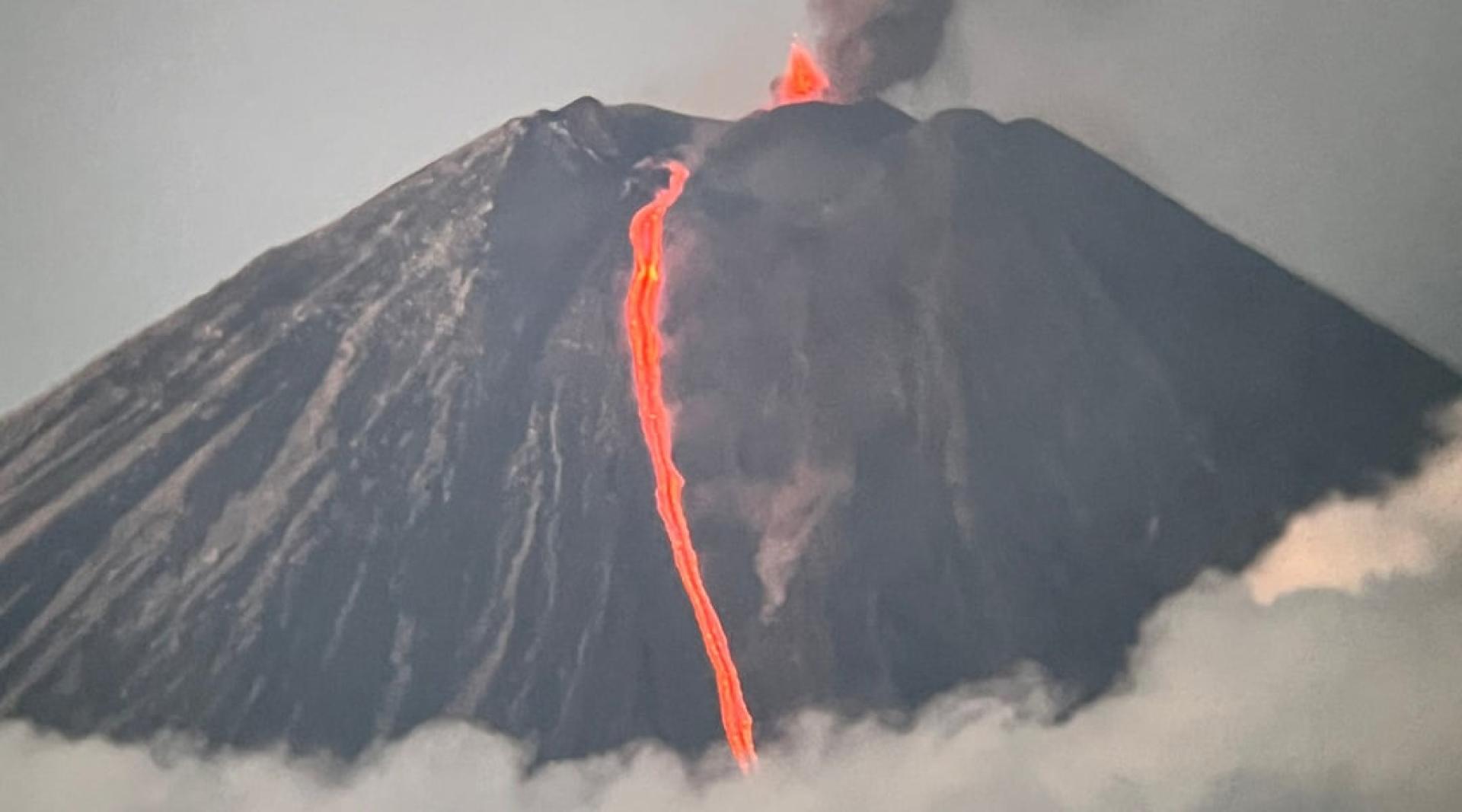On the 7th, the Kamchatka Volcano Eruption Response Team (KVERT) in Russia announced that, due to the continuous explosive eruption of the Klyuchevskoy Volcano on the Kamchatka Peninsula in Russia’s Far East, the local aviation danger level has been raised from "orange" to the highest "red" level.
The Kamchatka Volcano Eruption Response Team issued a notification stating that the Klyuchevskoy Volcano continues to erupt. Satellite data indicates that the volcanic ash column has reached a height of 11.5 kilometers, and the ash column extends 124 kilometers east of the volcano.
The team stated that the explosive eruption of the volcano is ongoing, and the ash column could reach as high as 15 kilometers. Ongoing volcanic activity may impact international flights and low-flying aircraft.
Meanwhile, the Kamchatka branch of the "Unified Geophysical Survey" of the Russian Academy of Sciences released information stating that data shows the volcanic ash column from the eruption of the Klyuchevskoy Volcano on the morning of the 7th has risen to 10 kilometers, and the ash column is spreading northeast. The villages of Ust-Kamchatsk and Krutoberegovo in the Ust-Kamchatsky District are within the area of ash fallout, and light ash deposition cannot be ruled out.
The Klyuchevskoy Volcano stands at 4,750 meters above sea level, located in the Ust-Kamchatsky District of Kamchatka Krai, and is one of the highest and most active volcanoes on the Eurasian continent. The volcano has a regular conical shape, with a summit crater approximately 700 meters in diameter. On July 30th, following a magnitude 8.7 strong earthquake in nearby waters of the Kamchatka Peninsula, Klyuchevskoy Volcano began to erupt.
